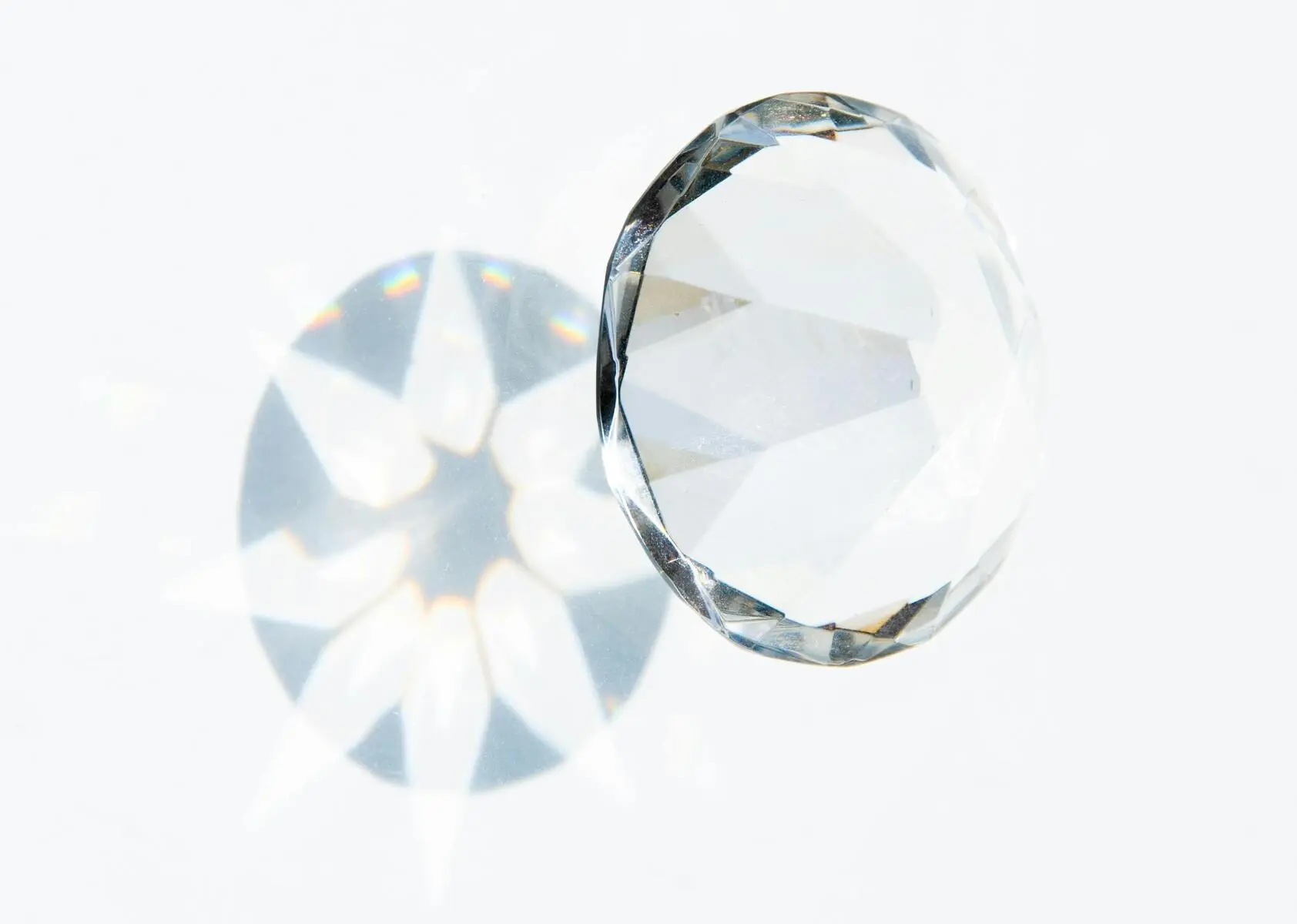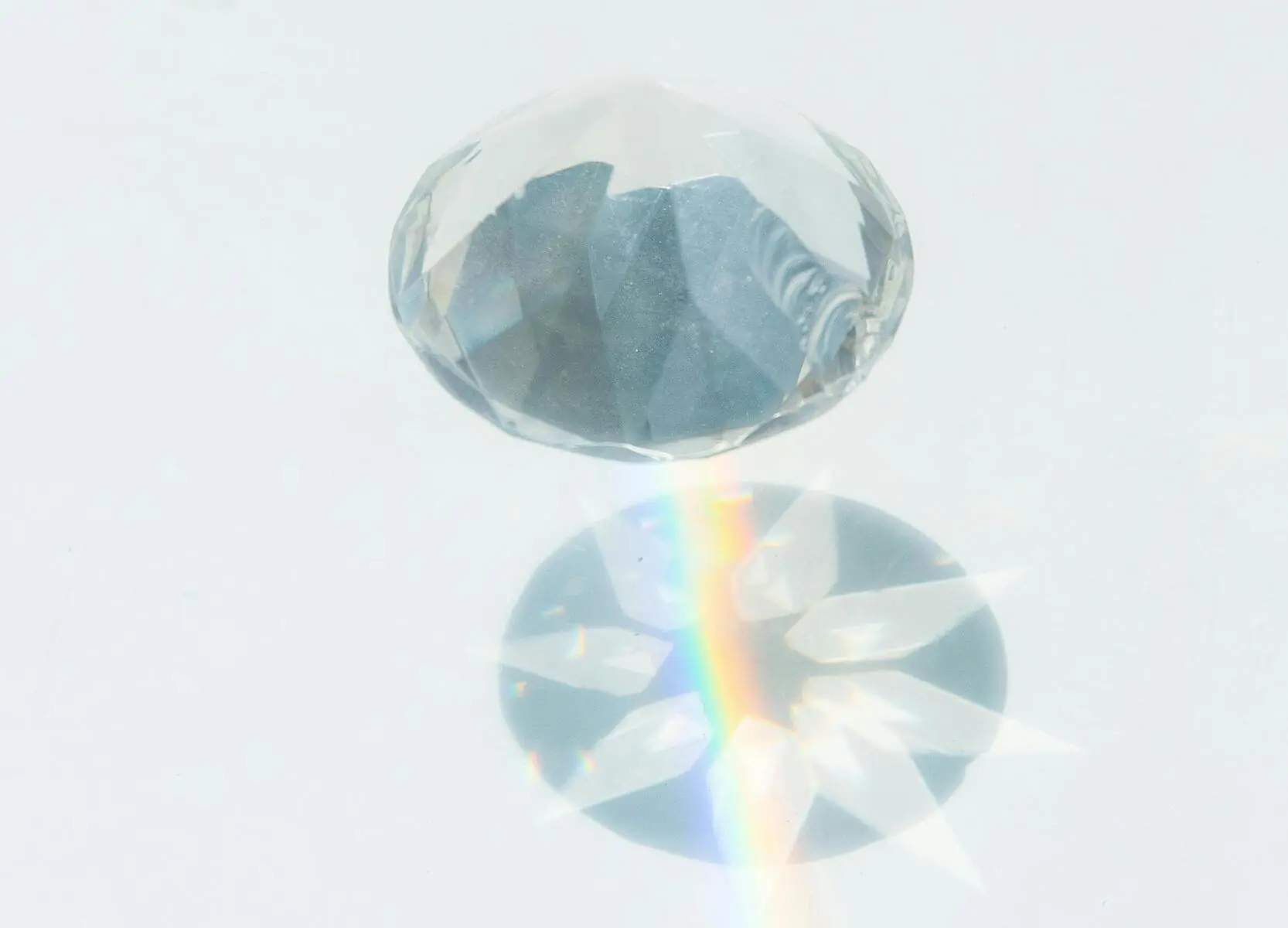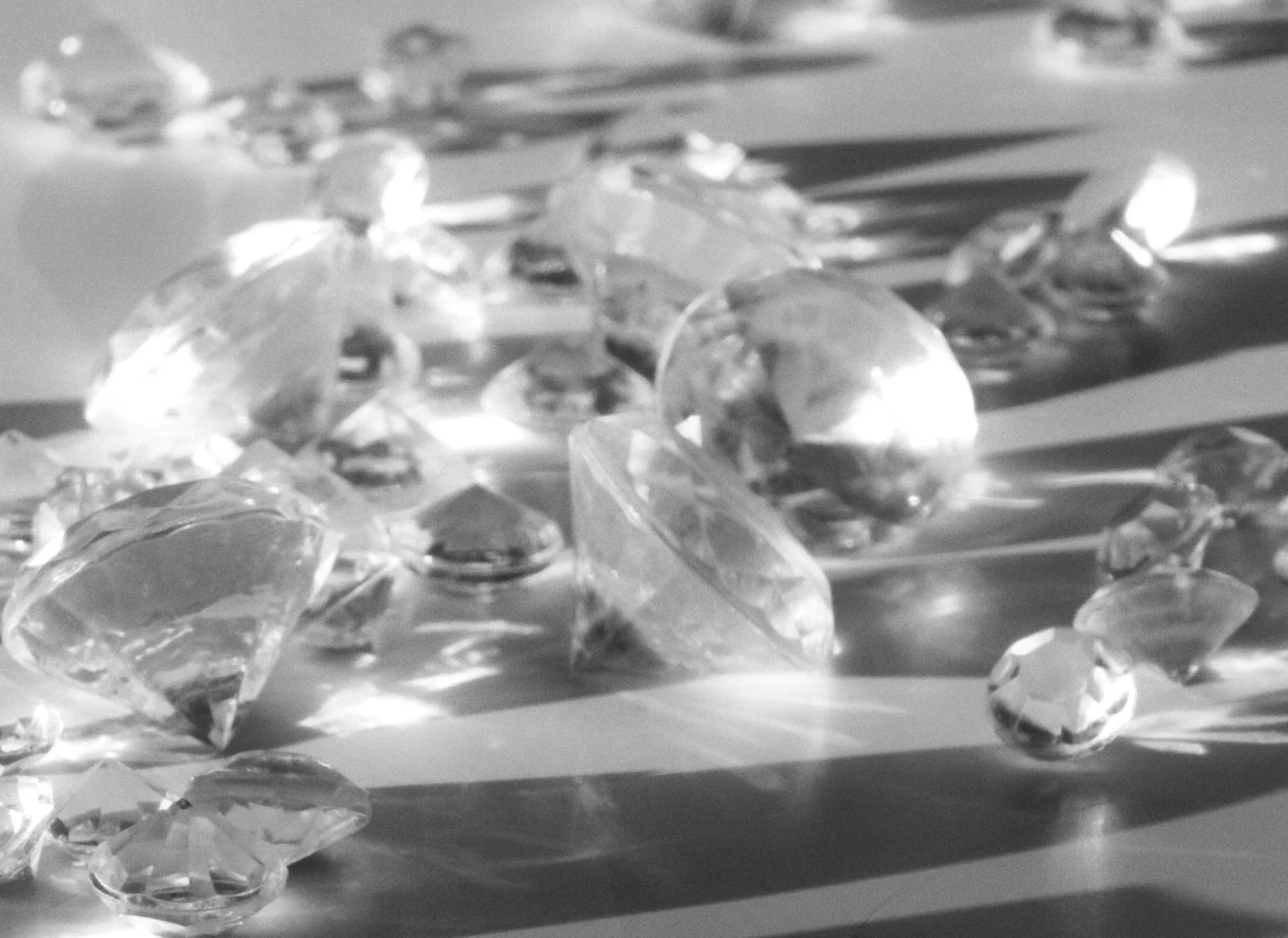Diamond inclusions, often perceived as imperfections, are unique identifiers that whisper the secrets of a diamond’s long journey from deep within the Earth to the sparkle of a jewelry store. Understanding what diamond inclusions are, their types, and how they affect a diamond’s value can transform your perception of these precious gems.
What are Inclusions in Diamonds?
Diamond inclusions are natural imperfections found within diamonds. They are the result of extreme pressure and temperature conditions that diamonds endure during their formation process deep within the Earth’s mantle. These inclusions can be internal, known as inclusions, or external, referred to as blemishes. They range from tiny, almost invisible flaws to more pronounced features that can affect a diamond’s clarity and, ultimately, its value.
Types of Diamond Inclusions
Clouds
Clouds are composed of many tiny crystals that are too small to be seen individually. When clustered together, they create an area of haziness or a cloudy appearance in the diamond. This can affect the stone’s transparency and brilliance. In some cases, if the clouds are dense or widespread, they might diminish the diamond’s sparkle, impacting its visual appeal and value.
Feathers
Feathers are internal cracks within a diamond that resemble the soft appearance of a feather. These inclusions can range from being entirely benign to potentially threatening the diamond’s structural integrity, depending on their size and location. Light feathers might not impact the diamond’s beauty significantly, but larger, more prominent feathers could pose a risk, especially if located near the edges where they might make the diamond more susceptible to chipping.
Included Crystals
Included crystals are foreign materials—either minerals or other diamonds—that were trapped inside the host diamond during its formation. The size, color, and number of these included crystals can vary greatly. Small, colorless included crystals might have minimal impact on the diamond’s appearance, while larger or colored crystals can be more visible and affect the clarity grade, thereby influencing the diamond’s value.

Pinpoints
Pinpoints are minuscule crystal formations visible as diminutive specks when examined under magnification. While a single pinpoint might be insignificant, many pinpoints clustered together can form a cloud, affecting the diamond’s clarity. In most cases, pinpoints are not visible to the naked eye and have a minor impact on the diamond’s overall appearance and value.
Cavities
Cavities are small holes or openings on the surface of a diamond. They can occur naturally or as a result of the diamond-cutting process. Depending on their size and location, cavities can collect dirt and oil, which may affect the diamond’s brilliance and fire. Large cavities, especially on the top of the diamond, are more detrimental to the diamond’s aesthetics and value than those located on the sides or hidden by the setting.
Bearding
Bearding, also known as “girdle fringes,” refers to tiny, hair-like fractures that can occur around the diamond’s girdle. These are often the result of the diamond cutting process, particularly during bruting, when giving the diamond its initial shape. While minor bearding might not affect the diamond’s structural integrity, extensive bearding can diminish its visual appeal, especially if it’s visible without magnification.
Chip
A chip is a small piece broken off the diamond, typically found on the edges of the girdle, facets, or culet. Chipping can occur during the cutting process or through wear and tear. Chips not only affect the diamond’s beauty but also its structural integrity, requiring re-cutting or polishing to restore its appearance, which can result in a loss of carat weight.
Graining
Graining refers to internal irregularities in the diamond that appear as lines or waves. These can be the result of uneven crystal growth during the diamond’s formation. Graining can be white, colored, or reflective and might impact the diamond’s clarity and sparkle. Fine graining is not typically a concern, but more pronounced graining can affect the diamond’s appearance and, thus, its value.
Indented Natural
An indented natural refers to a segment of the diamond’s original rough exterior that is recessed below the surface of the polished stone, typically located at or close to the girdle. Since it is part of the diamond’s natural state, preserving an indented nature can serve as a sign of efficient use of the rough stone. However, large or poorly located indented naturals can affect the diamond’s symmetry and potentially its value.

Knot
A knot is an included crystal that reaches the surface of the diamond during polishing. Visible knots can alter the smoothness of the diamond’s surface and affect its clarity grade. In some cases, this can even influence the durability of the diamond with inclusions if it’s located in a high-pressure area, such as the corners of a princess cut.
Needle
Needles are long, thin, crystal diamond inclusions that resemble tiny needles. Their impact on the diamond’s clarity depends on their size, number, and orientation. A single, small needle might not be noticeable, but multiple needles or larger ones can detract from the diamond’s beauty and decrease its clarity grade.
Twinning Wisps
Twinning wisps are intergrowths of diamond crystals that form when the diamond stops growing and then resumes growth in a different direction. These can look like wispy clouds or streaks within the diamond and often contain a mix of pinpoints, clouds, and crystals. Twinning wisps can provide insight into the diamond’s formation process and, depending on their prominence, may affect the diamond’s clarity and value.
Impact of Diamond Inclusions on Diamond’s Value
The presence and visibility of diamond inclusions can significantly impact a gem’s value. Diamonds with fewer and less noticeable inclusions are considered more valuable because they’re rarer. Clarity is one of the 4Cs (Cut, Color, Clarity, and Carat Weight) used to evaluate a diamond’s quality and value. A diamond with no or minimal inclusions is graded higher on the clarity scale, making it more sought after and, consequently, more expensive.
However, it’s essential to remember that every diamond is unique. Inclusions can add character and tell the story of a diamond’s billion-year journey. Some buyers seek diamonds with specific inclusions that make their gem unique, seeing them not as flaws but as natural beauty marks.
Conclusion
In the captivating world of diamonds, each inclusion tells a unique story of nature’s formidable forces and the gem’s journey from the depths of the Earth. This exploration into diamond inclusions reveals the beauty and character inherent in each stone, from the delicate wisps of clouds to the bold marks of feathers and the intriguing presence of included crystals.
Understanding diamond inclusions is crucial for any diamond and jewelry investments. It allows you to appreciate the beauty and value of diamonds beyond the surface, ensuring you make an informed decision that aligns with your preferences and values.
